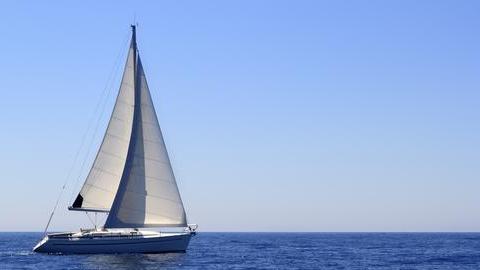Autonomous Robots Take to the High Seas

What’s the Latest Development?
Austrian scientists have built a sailboat capable of navigating the high seas without any human input. The boat will be launched this July with hopes that it will cover 150 nautical miles and work to collect data on Baltic Sea porpoises. Called Roboat, the sailboat will decide its own route, perform sailing maneuvers, respond to changing wind conditions on its own and generate its own power using solar panels. “Interest in robot sailboats has picked up since 2005, when two engineers established the Microtransat, which challenges teams to create sailboats that can cross the Atlantic Ocean on their own. So far no one has succeeded.”
What’s the Big Idea?
Besides using robotic sailboats to study the migration and mating patterns of porpoises, they are slated for a variety of uses in other scientific disciplines. Roboat’s project manager, Roland Stelzer, said: “These solar energy-powered robotic sailing boats can also be used for tsunami early-warning systems, search operations, meteorological measurements and the recovery of oil spills.” Robotic boats can also be used to ferry goods to people living on remote islands or spy on smuggling vessels without risking human life. Some of the technology may also be used to enhance crew safety on manned boats.
Photo credit: Shutterstock.com





